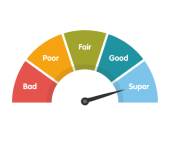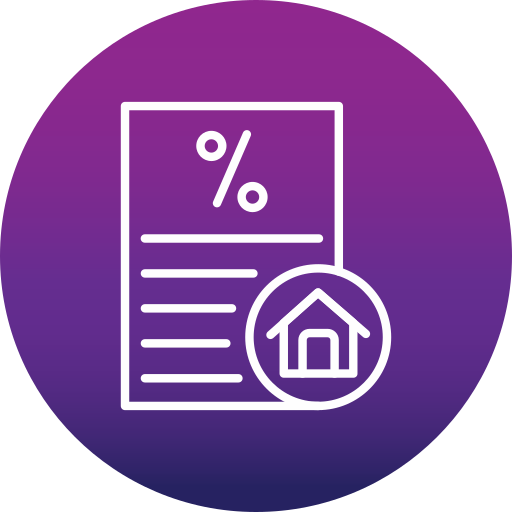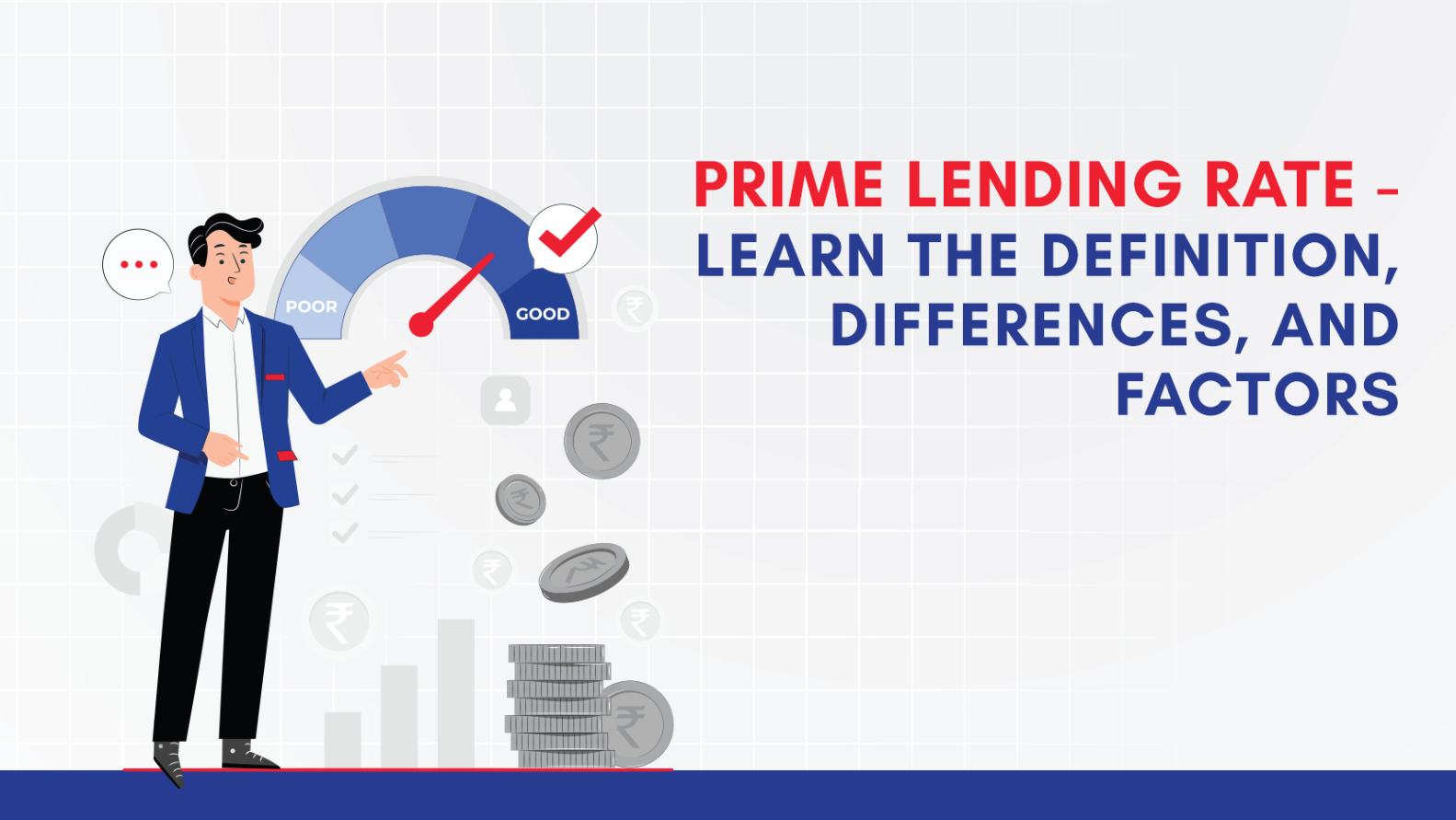Special Offers




Special Offers




08-Feb-2024 | Home Loan

The Prime Lending Rate is an essential financial benchmark, impacting interest rates. In this overview, we will understand its meaning, the connection to base rate, and influencing factors.
The Prime Lending Rate is the interest rate that commercial banks charge their most creditworthy customers for short-term loans. It serves as a benchmark for interest rates on a wide range of financial products, including variable-rate home loan, personal loans, and business loans.
The Prime Lending Rate is typically influenced by the central bank's monetary policy and is considered the lowest rate at which banks will lend money. It serves as a reference point for other interest rates in the economy. When the Reserve Bank of India (RBI) makes adjustments to its key policy rates, like the repo rate, banks may respond by adjusting their Prime Lending Rate accordingly.
Borrowers with high creditworthiness, strong financial profiles, and a low risk of default are the ones who benefit from the Prime Lending Rate. Other borrowers, especially those with lower credit scores or higher perceived risks, may be charged higher interest rates based on a premium above the Prime Rate.
The Prime Lending Rate is the interest rate that commercial banks charge their most creditworthy customers.
It serves as a benchmark for various short-term interest rates in the economy.
The rate is influenced by the central bank's monetary policy, and changes in the central bank's key rates often lead to adjustments in the Prime Lending Rate.
It represents the lowest rate at which banks are willing to lend money.
The Prime Lending Rate is used as a reference point for setting interest rates on variable-rate mortgages, personal loans, and business loans.
Borrowers with high creditworthiness benefit from lower interest rates tied to the Prime Rate, while those with lower credit scores or higher risk may face higher rates.
|
Aspect |
Base Rate |
Prime Lending Rate |
|
Definition |
The minimum interest rate set by the central bank for lending to commercial banks. |
The interest rate that commercial banks charge their most creditworthy customers. |
|
Determinants |
Influenced by the central bank's monetary policy, economic conditions, and cost of funds. |
Influenced by the central bank's policy rates, credit risk, and market conditions. |
|
Purpose |
Serves as a benchmark for banks to calculate the interest rates for various loans and advances. |
Acts as a reference rate for setting interest rates on loans to the most creditworthy customers. |
|
Flexibility |
Allows banks to add a spread over the base rate to determine the actual lending rate. |
Banks typically set the Prime Lending Rate as a fixed percentage above the central bank's policy rate. |
|
Applicability |
Used for a wide range of loans, including housing loans, MSME business loans and personal loans,. |
Primarily applied to loans extended to the most creditworthy individuals and businesses. |
|
Transparency |
Intended to enhance transparency in lending rates and ensure fair pricing for borrowers. |
Provides a transparent benchmark for interest rates but doesn't govern all lending rates. |
|
Adjustment Frequency |
Can be adjusted by banks based on changes in the central bank's policy rates and economic conditions. |
Adjusted by banks in response to changes in the central bank's policy rates and market conditions. |
|
Creditworthiness Impact |
Impacts borrowers with variable-rate loans tied to the base rate, affecting their interest costs. |
Directly affects the interest costs for the most creditworthy borrowers with loans tied to the Prime Rate. |
|
Regulatory Control |
Subject to regulatory oversight to ensure fairness and adherence to central bank guidelines. |
Subject to regulatory scrutiny to prevent discriminatory lending practices and ensure transparency. |
|
Economic Indicators |
Reflects the prevailing economic conditions and the central bank's assessment of monetary policy. |
Reflects the creditworthiness of the most creditworthy borrowers and the perceived risk in the market. |
|
Risk Considerations |
Takes into account overall economic risk and the cost of funds for banks. |
Reflects the credit risk associated with lending to the most creditworthy individuals and businesses. |
Several factors influence the Prime Lending Rate, which is the interest rate that commercial banks charge their most creditworthy customers. These factors can vary across different countries and financial systems, but some common elements include:
Central Bank Policy Rates: Changes in key policy rates set by the central bank, such as the federal funds rate in the United States, often lead to adjustments in the Prime Lending Rate.
Economic Conditions: The overall economic health of a country, including factors like inflation, unemployment, and GDP growth, can influence the Prime Lending Rate. In a robust economy, the rate may increase, while in a downturn, it might decrease.
Inflation Rates: Central banks often target a specific inflation rate. Higher inflation may prompt central banks to increase policy rates, affecting the Prime Lending Rate.
Credit Risk: The creditworthiness of borrowers affects the risk perceived by banks. The Prime Lending Rate may be higher for borrowers with lower credit scores or perceived higher risk.
Market Interest Rates: Movements in broader financial markets, including changes in the yields on government bonds, can influence the cost of funds for banks and, subsequently, the Prime Lending Rate.
Liquidity in Financial Markets: The availability of funds in the financial system can impact interest rates. If there's a shortage of liquidity, banks may raise their Prime Lending Rate.
Currency Exchange Rates: For countries with floating exchange rates, fluctuations in currency values can affect the cost of imported goods and impact inflation, influencing the Prime Lending Rate.
Regulatory Changes: Alterations in banking regulations and policies, including capital requirements and reserve ratios, can affect the cost of doing business for banks and, in turn, the Prime Lending Rate.
Global Economic Factors: Economic events and conditions in other countries can have spillover effects on a nation's economy and, consequently, its Prime Lending Rate.
Consumer Confidence: The confidence of consumers and businesses in the economy can impact spending and investment, influencing the overall demand for loans and affecting the Prime Lending Rate.
Political Stability: Political stability and the overall regulatory environment can affect investor confidence and, consequently, influence interest rates.
Monetary Policy Expectations: Anticipated changes in monetary policy, even before they occur, can lead to adjustments in the Prime Lending Rate as banks position themselves based on expectations.
These factors interact in a complex manner, and the Prime Lending Rate is typically set by individual banks based on a combination of these elements, guided by the prevailing economic and regulatory environment.
In conclusion, understanding the Prime Lending Rate is crucial for grasping the dynamics of interest rates in the financial landscape. As the benchmark for interest charged to the most creditworthy borrowers, the Prime Lending Rate serves as a key indicator reflecting the prevailing economic conditions, central bank policies, and risk considerations. Differentiating it from the Base Rate and comprehending the factors influencing its fluctuations provides valuable insights into the broader financial system. Whether examining differences in lending practices, evaluating the impact on borrowers with varying credit profiles, or staying attuned to the intricate interplay of economic factors, a comprehensive understanding of the Prime Lending Rate is essential for individuals, businesses, and policymakers navigating the intricate realm of interest rates and financial markets.